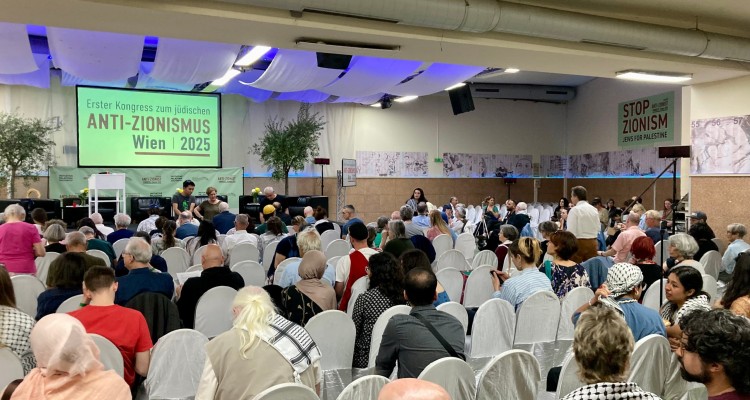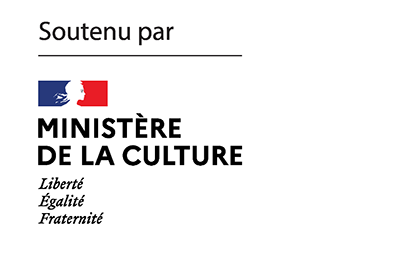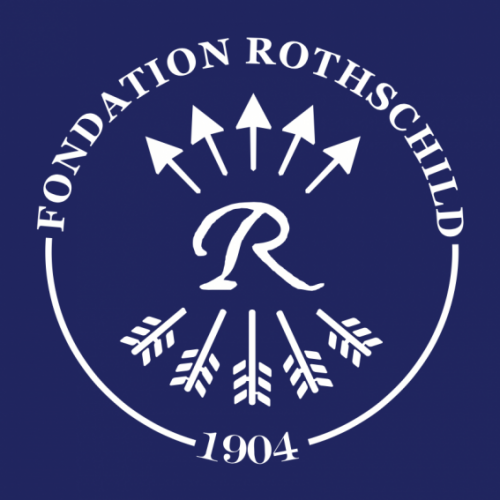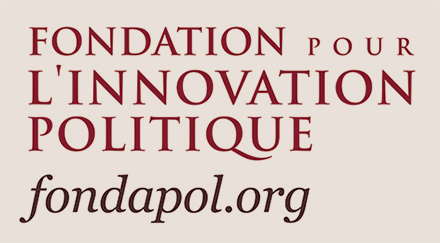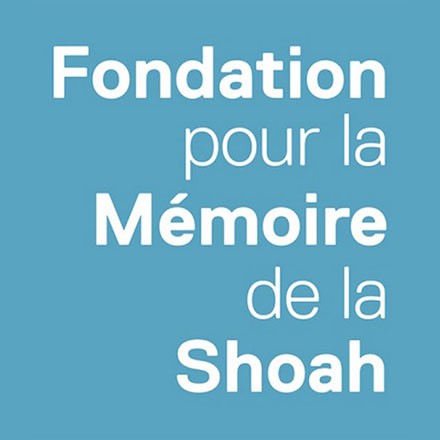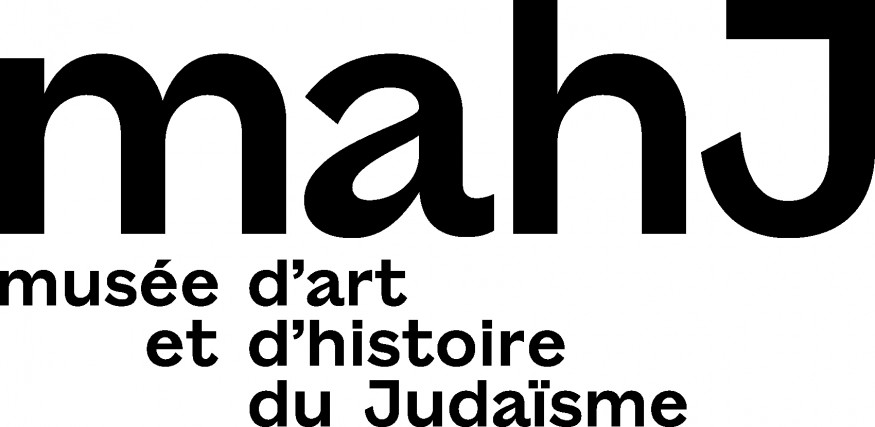In 2019, the journalist Barbara Necek directed In Search of the Polish Schindler, a fascinating documentary that retraced the story of Eugene Lazowski, a savior of Poles during the Second World War, who was transformed by an enduring legend into a savior of Jews. For K., she looks back at the genesis of her film, going behind the scenes of its shooting and the tale of a historical fake news story that has continued to captivate audiences.
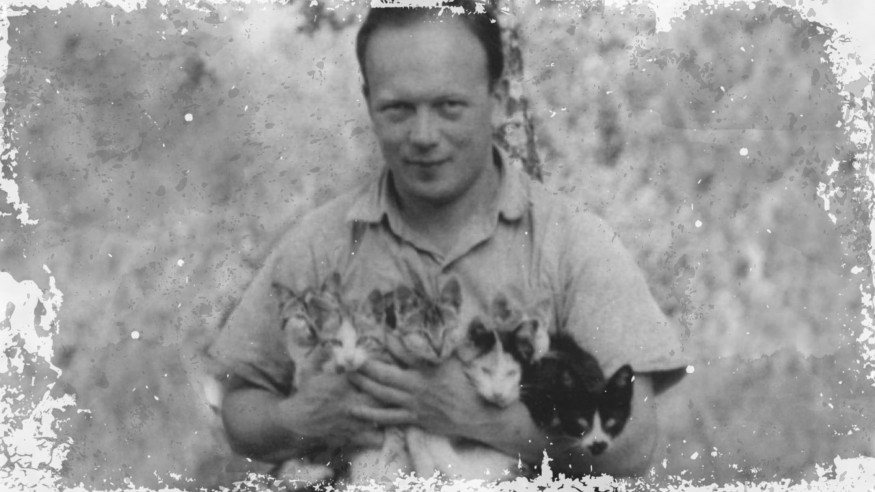
Born in Austria to Polish parents who had fled Communism in 1973, I was lucky enough to grow up with a wonderful family story.
My paternal grandmother, Maryja Necek, whom I never knew, hid a young Jewish woman for more than a year at the risk of her own life and that of her family in war-torn Poland. Having escaped from a train bound for Auschwitz, the young woman had found refuge in the family home in Klaj, a small village 30 kilometers from Krakow, in the Polish countryside. During the day, Lusia stayed hidden in a small room in the attic which she left in the evening to have dinner with the family. Even my grandfather, absent during the week for professional reasons, was not aware of her existence. These facts were related to me by my aunt, who was eight years old at the time.
Lusia remained in hiding for more than a year and survived the Holocaust. In post-war Krakow, she found a job in a pharmacy. Having died young at the end of the fifties, Lusia took all her secrets with her to the grave and thus the proof of my grandmother’s incredible courage. Maryja Necek is one of those Righteous Among the Nations who will remain in the shadows forever. Indeed, it is impossible to have her recognized by Yad Vashem without the rescued person or his descendants asking for that status and providing evidence.
Needless to say that this story has always made me proud?
Rude awakening
This story no doubt explains why it took me a long time to ask myself the question of the existence of Polish anti-Semitism. For me, the battle lines were clear: the anti-Semitic criminals were the Germans and the Austrians; the victims, the “good guys,” were the Poles and all the other peoples who had suffered under the Nazi yoke from 1938 onward.
The shock was severe when I arrived in Paris as a 20-year-old student. In the nineties, it was common in French discussions to evoke the Anschluss and Austria’s checkered past with respect to Nazism – it seemed to me Anschluss was the only word French students seemed to remember from their German classes. Even though it was unpleasant to embody as the sole Austrian a country of “Nazis,” I thought that my second identity, that of a Pole, would save me from such criticism.
But to my great surprise this was not the case. The French had an extremely poor image of the Poles in this regard. One day in particular, I found myself at a party where the question of the past was once again raised. Not knowing anything about my background, one of the guests launched into a diatribe against “those fachos[1] and anti-Semites from Austria,” until it was pointed out that I was from that country. Confused, she replied by way of apology: “In any case, they will never be as anti-Semitic as the Poles.” That answer obviously was cold comfort.
But what to do then with those Poles who, like my grandmother, risked their lives and those of their families to save Jews? If we check the register of the Righteous among Nations, we can see that Poland is the country with the greatest number of honorees in the world. Today, it stands at almost 7,000. But none of them are as well-known as Oskar Schindler, the rich German industrialist and member of the Nazi Party immortalized in 1993 in Steven Spielberg’s film, “Schindler’s List”. Thanks to this, Schindler, who saved 1200 people by making them work in his factories, became undoubtedly the most famous savior of Jews throughout the world.
Two Polish doctors who saved 8000 Jews!?
In October 2015, Sophie Jeaneau, a French friend and producer, showed me an article on the website of the Le Figaro newspaper entitled “A Polish village saved from the Nazis by a false epidemic.” It sparked my curiosity. One read that two Polish doctors had protected no less than “8,000 men, women and children of the Jewish faith” during the Second World War in the village of Rozwadow, near Stalowa Wola, an industrial town in the southeast of the country. The two doctors were named Eugeniusz “Eugene” Lazowski and Stanislaw Matulewicz.
Their method was ingenious: by inoculating healthy patients with a benign bacterium, they obtained false positives in typhus tests in use at the time. The Germans were scared to death of typhus, so they used to quarantine infected areas and avoided going there to confiscate food or deport its inhabitants. This is how, according to the sources I had consulted, 8,000 people in the Rozwadow area had been able to stay alive. Most of them were Jews.
The story was unbelievable! Nearly 8000 Jews were saved, six times more than the famous Oskar Schindler! The number seemed surprisingly high but after all, some incredible stories had occurred during those troubled years of World War II. I wanted to believe it. I thought then that I had my story, the one that would allow me to make a film that would change the world’s view of Poland and its reputation as an innately anti-Semitic country.
After a quick search on the Internet, I found a large number of articles in Polish, English, French, Italian and Spanish that relayed the same information. Even the Jewish Virtual Library site devoted a page to Dr. Lazowski and his achievement. The authoritative reference was an August 2001 article in the Chicago Sun Times entitled “Chicago’s Schindler” which stated in black and white that Lazowski and Matulewicz had saved 8,000 people, Jews and non-Jews alike, from deportation by the Nazis to the camps. The article was based, among other things, on an interview with the doctor, who died in 2006 in Chicago, where he had emigrated and lived out the rest of his life.
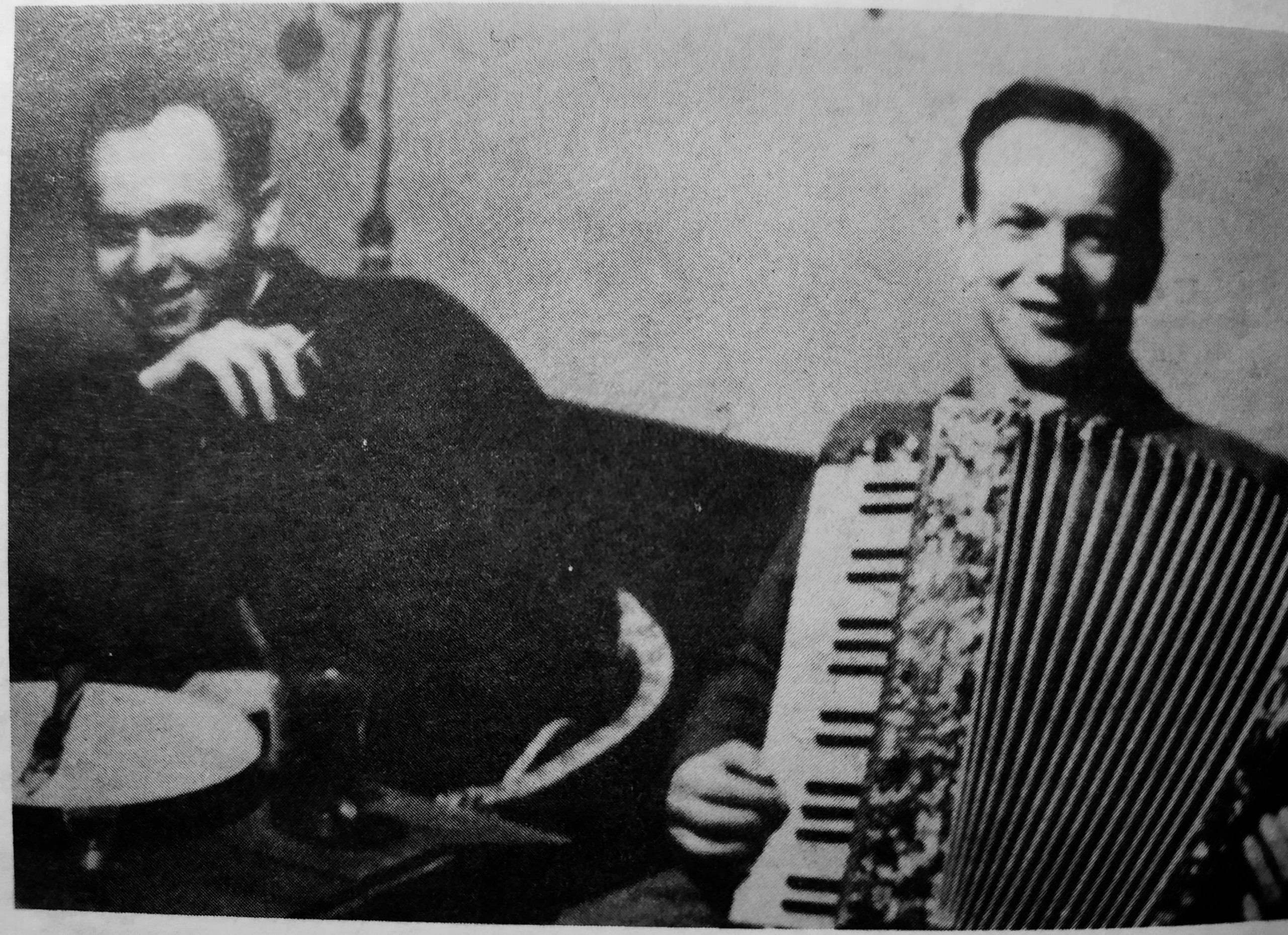
First letdown
My own investigation began with a simple phone call to the Stalowa Wola Museum, which, according to Le Figaro, had organized an exhibition on the two doctors. At the other end of the line, I came on curator Aneta Garanty, who had set herself up as the guardian of the memory of Lazowski, “the hero of the city.” I wasn’t the first director to take an interest in the doctor’s story: several television crews, including a German and a Japanese one, had already contacted the museum, but no documentary project had been completed. I also learned that an American television crew under the direction of a certain Ryan Bank had filmed in 2000 in Rozwadow, with the doctor himself present. But nobody ever saw the result. So it was my honor to make this first film about the little-known Polish hero.
But Aneta quickly shattered my dreams, because according to her, there was no clear evidence that the two doctors had saved 8,000 Jews in Rozwadow during the war. Despite all the research the museum had done, no witnesses had ever been found.
My disappointment was immense, but I was not defeated. What if the museum was wrong? I was determined to conduct a serious and thorough investigation and to find evidence to tell my dream story of the Righteous One that the world was still unaware of.
I pored over the documents that the curator had been kind enough to send me and especially the autobiography of Eugène Lazowski, written in 1993 in the United States where he had gone into exile in 1958. Out of print for a long time, the book was entitled “Prywatna Wojna” (My Private War), Memoirs of a Medical Soldier 1939-45. I was hoping to find clues that could confirm my story.
The book tells the story of a Polish patriot, a boy from a good family, born in 1913 and proud of his country’s independence – Poland had gained its independence in 1918 at the end of the Great War. From the very beginning of his story, Lazowski attests to his empathy for his Jewish fellow citizens who were subjected to discrimination and violence in 1930s Poland. For example, some universities introduced a quota to limit the number of Jewish students. In amphitheatres, they were assigned seats so they would not mix with others, and Polish nationalist groups engaged in fights against them as well as those who defended them. In his book, Lazowski strongly condemns this anti-Semitism and even claims to have refused to respect the “ghetto benches” rule.
With the invasion of Poland by Nazi Germany, Lazowski was mobilized as a doctor on the front. He had a front row seat to the Polish military debacle. He was taken prisoner by the Soviets, who invaded the country from the east on September 17, 1939, but managed to escape from a convoy heading for the USSR. After a period of hiding at his parents’ home in Warsaw, Eugene obtained a job as a country doctor in the small village of Rozwadow, three hours from the capital. And it is there that he arrived in the spring of 1941 with his wife Maria. Rozwadow was then a typical small town in southern Poland, with the Jewish share of the population at nearly 60%. There were synagogues, kosher butcher shops, Jewish schools and even two Jewish soccer clubs.
But when the young doctor arrived, this Jewish community’s life had already been ruined by the occupier. Although there was no ghetto in Rozwadow, Jews were under house arrest, mobilized every day by German soldiers for forced labor. The occupier forced them to destroy their synagogue.
A daily witness to the repression, against Poles but also against Jews, Lazowski secretly cared for his Jewish neighbors even though it was formally forbidden. He was given the opportunity to resist the Nazis when another doctor, Dr. Stanislaw Matulewicz, arrived in the region from Warsaw. A researcher at heart, Dr. Matulewicz discovered in his small secret laboratory that by inoculating a bacterium that was harmless to the human body, OX 19, the typhus tests performed at the time revealed false positives. For the two doctors, this discovery became a formidable weapon: by creating a false typhus epidemic, they could keep the Germans at bay and prevent them from requisitioning food and deporting people to forced labour in the Reich. “Operation Typhus” was launched for the first time by Lazowski and Matulewicz in the winter of 1941-42 in the greatest secrecy. No one, not even the patients vaccinated with OX 19 bacteria, knew about this maneuver. In 1977, the two doctors published an article in the scientific journal of the American Society for Microbiology about their fake epidemic.
The question now arises: Were there Jews among the people vaccinated and how many?
Lazowski provides the answer himself in his book and breaks his own myth: the doctor makes it clear that he could not save the Jews in this way. A Jew diagnosed positive for typhus was immediately executed by the Germans, who had, moreover, depicted typhus a “typically Jewish” disease for the purposes of their propaganda. The rescue action could therefore only benefit non-Jewish Polish inhabitants. My dream of a film about a Righteous Pole has definitively collapsed.
The story could have ended there. But there was still the rumor of the 8,000 Jews saved by Lazowski and Matulewicz. Was it really unfounded? Had the dozens of articles I had read been wrong? Encouraged by my producer Sophie Jeaneau, who was also passionate about this story, I decided to pursue the investigation in Poland.
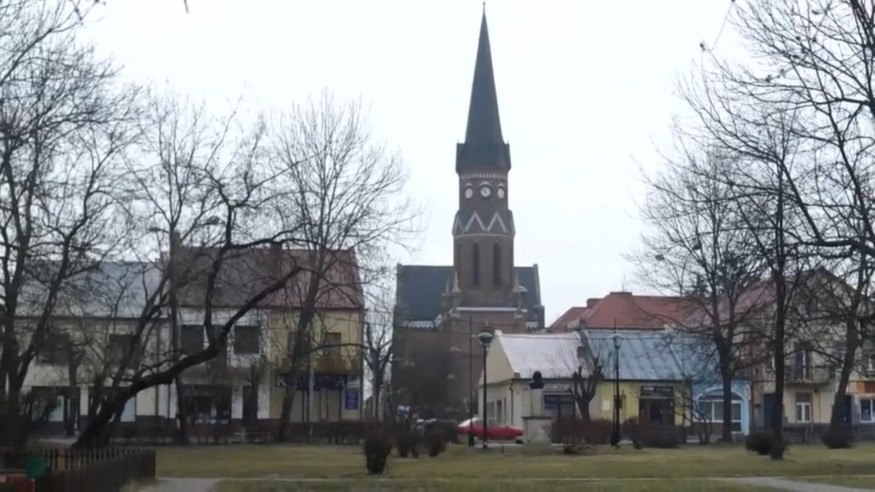
In search of remnants of the Jewish population of Rozwadow
In Rozwadow, there are not many people left who could had lived during the time of Lazowski’s exploits. The small town, which became a district of Stalowa Wola, has kept its central square, surrounded by small old houses. One of them, number 23, once housed the doctor’s office. If the population of Rozadow was 60 percent Jewish before the war, nothing today reminds us of their presence. My first appointments led me to meet the elders, including Tadeusz Jackowski, 88 years old. On the eve of the war, he was 10 years old and remembers his Jewish neighbors and the ambiance of tension between Jews and Poles.
On this subject, he hastened to tell us a vignette, supposed to enlighten us on the nature of the Jews: “There was a lot of competition between Jewish and Polish merchants. There were two Jewish bakeries in Rozwadow and one day a Pole decided to open one too. As soon as the Jews saw that, they lowered their prices to destroy this Polish competitor. You can see how treacherous the Jews were.” At number 23 of the main square, where Dr. Lazowski’s medical practice was located, Stanislaw Skruch, its new owner, welcomes us. “I remember well my Jewish classmates. During recess, we would steal their yarmulkes and play soccer with them. Years later, one of them came back to visit Rozwadow. He refused to shake my hand because of that.” All these answers made me a little uncomfortable. I naively wondered if they were anti-Semitic or just childish. I would have preferred to hear other types of comments, especially since there is no mention of any animosity of Poles against Jews in Lazowski’s autobiography.
The testimonies of all the people I met confirmed the false epidemic: some remember closed churches and schools and the nervousness of the occupier. The local historian Dionizy Garbacz even showed me the testimony of a priest dated to 1945, which described the quarantine of the region and rejoiced at the fact that the Germans had stopped making incursions into the villages. But Garbacz is categorical: Lazowski did not save Jews with his false epidemic but only Poles.
In the regional museum of Stalowa Wola, the historian Marek Wiatrowicz also refutes this legend entirely: first, there were never 8,000 Jews in the region. Moreover, most of them were rounded up in July 1942 during the “Reinhart action” by the Germans to be deported to concentration and extermination camps. In the winter of 1942/43, when Lazowski increased the number of injections of OX 19 bacteria, there were no more Jews left in Rozwadow. The museum itself never peddles the legend of Lazowski, the savior of 8000 Jews, but only tells his true story.
A historical fake news story
How was this legend of the 8000 Jews born? Why is it repeated and embraced by others without anyone ever taking the trouble to verify it?
After all, I still had one lead left: the one from the Chicago Sun Times, the American daily newspaper that had devoted its front page to Lazowski’s exploits in 2001. What had led the American journalist Art Golab to call his article “The Schindler of Chicago”? In 2001, he was able to question Lazowski who perhaps gave him his last secrets… The question now was to know how this American journalist had done his investigation. After several unanswered e-mails, I finally got him on the phone…
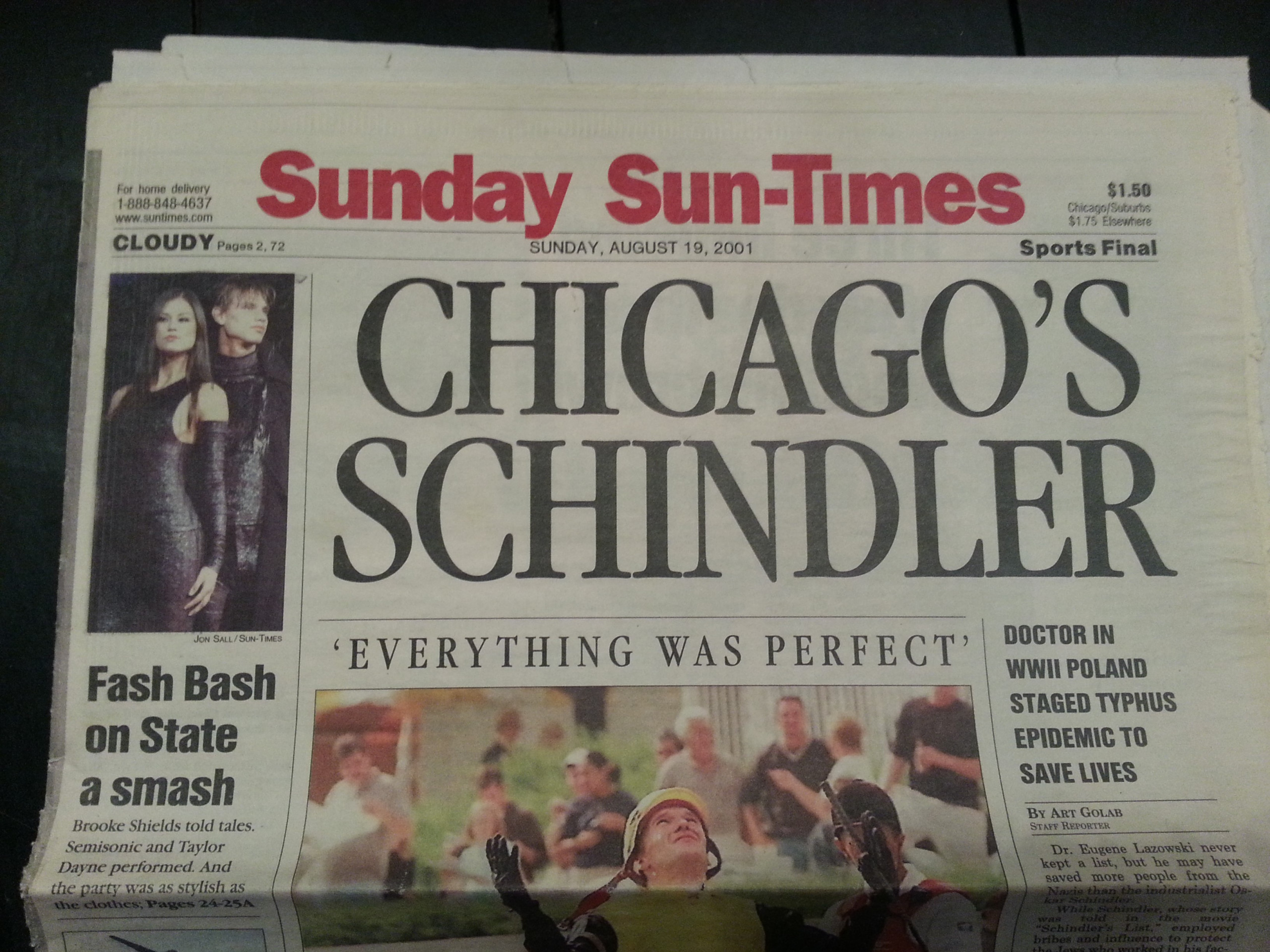
Even more than 15 years later, Art Golab remembered very well his paper on “Chicago’s Schindler” that made the front page of the daily newspaper on August 31, 2001 in its Sunday edition. He explained to me that he had gathered all the information that had allowed him to write the article from the doctor himself, whom he had met in Chicago. As for the question of whether he had been able to find evidence that would have confirmed Lazowski’s rescue of the Jews and his method, Golab was obliged to acknowledge that he had not. “I don’t speak Polish and I had no contacts in Poland, so I couldn’t find any evidence,” was the only explanation he gave. If he now thinks that the title of his article was somewhat exaggerated, he blames the editor-in-chief but also the commercial imperatives of the newspaper. “Nobody would have been interested in the story if there had only been Poles saved. Otherwise, it might have been published, but it would never have made the front page.” It might have been published, but it wouldn’t have made the front page. A deceptive and boisterous title, a beautiful story, adapted to the taste of readers to sell papers – I had just reconstructed the ins and outs of a historical fake news story that had since made its way onto the web to land on the Figaro site, where I had discovered it!
In Chicago I met another person who had conducted the same investigation as me, 15 years ahead of time: Alyssa Parchem. Originally from Chicago and a history student, she had stumbled upon Art Golab’s paper and decided to do her master’s thesis on the history of Lazowski. Like everyone else, the title “Chicago’s Schindler” had intrigued her because it clearly suggested an attitude just as heroic as that of the famous character in Spielberg’s film. But a meeting with Eugene Lazowski in Chicago quickly opened her eyes: in front of the young woman, he said that he had never been the hero depicted in the pages of the Chicago Sun Times. “He was really embarrassed and angry that he had been portrayed as the Schindler of Chicago,” the young woman remembered when we met. “At no time did he ever tell me that he had saved Jews, on the contrary. With his method, he could not help them.”
Shocked by this discovery, Alyssa Parchem also told me that she confronted the author of the article and its editor to ask them for the sources that supported the published story. While admitting their mistake, none of them had wanted to correct the story, which was too good and was selling too well. Apart from these purely commercial reasons, Alyssa proposes another cause to explain such a distortion of the story by American journalists. “The majority of Americans only know of the Second World War as the extermination of the Jews. We know very little about the other occupied countries, such as Poland and what fate the Nazis imagined for their populations. When you want to interest an American in this period, you must tell them things they already know. And a heroic story about the Second World War must necessarily involve the Jews.”
Dr. Lazowski – a troubled personality, victim of his legend
I still had the personality of the doctor to explore, the main character I only knew through his book. In Oregon, I met his daughter Alexandra and her children, Mark and Jennifer. The walls of her house are decorated with paintings by Polish masters inherited from the doctor. The whole family remains marked by his heroic story and the glory that the Chicago Sun Times article brought him. Alexandra, born in Rozwadow in 1942, remembers that after the article appeared, the phone didn’t stop ringing. Congratulated by friends, solicited by local media, the doctor had become a coveted personality in his old age. “He loved being the center of attention, he enjoyed every minute of his newfound fame” she confided to me, while recognizing her father’s ambiguous behavior. For although the doctor himself had never claimed to have saved any Jews, he had accepted his legend without difficulty. According to her daughter, it enabled him to join the pantheon of Polish resistance heroes, against whom he had always nourished a certain inferiority complex. The article in the Chicago Sun Times had allowed him to realize his dream of becoming famous at 88, and no matter if it was partly for false reasons. He never did anything to disprove the legend. Alexandra is the first to admit that it is precisely the rescue of the Jews that keeps her father’s story alive to this day: “Very recently, we were even contacted by Japanese media on this subject.”
Ironically, in the Lazowski family, there are true Righteous Among the Nations honorees. They are Zofia and Kazimierz Lazowski, Eugene’s own parents. In Warsaw, in 1943, they allowed two Jewish families to survive by hiding them and procuring false papers for them. They were honored posthumously as “Righteous Among the Nations” in 1995. Their medal is displayed on a shelf in Alexandra’s office. The request was made by Ilana Heling’s family in Jerusalem. When my team met Ilana at her home, she said that the attitude of the Lazowski parents was, at the time in Poland, heroic and exceptional. She also tells us that at the request of the Lazowski family, she had taken steps to have Eugene recognized as a savior of Jews. For lack of evidence, the second request was never successful.
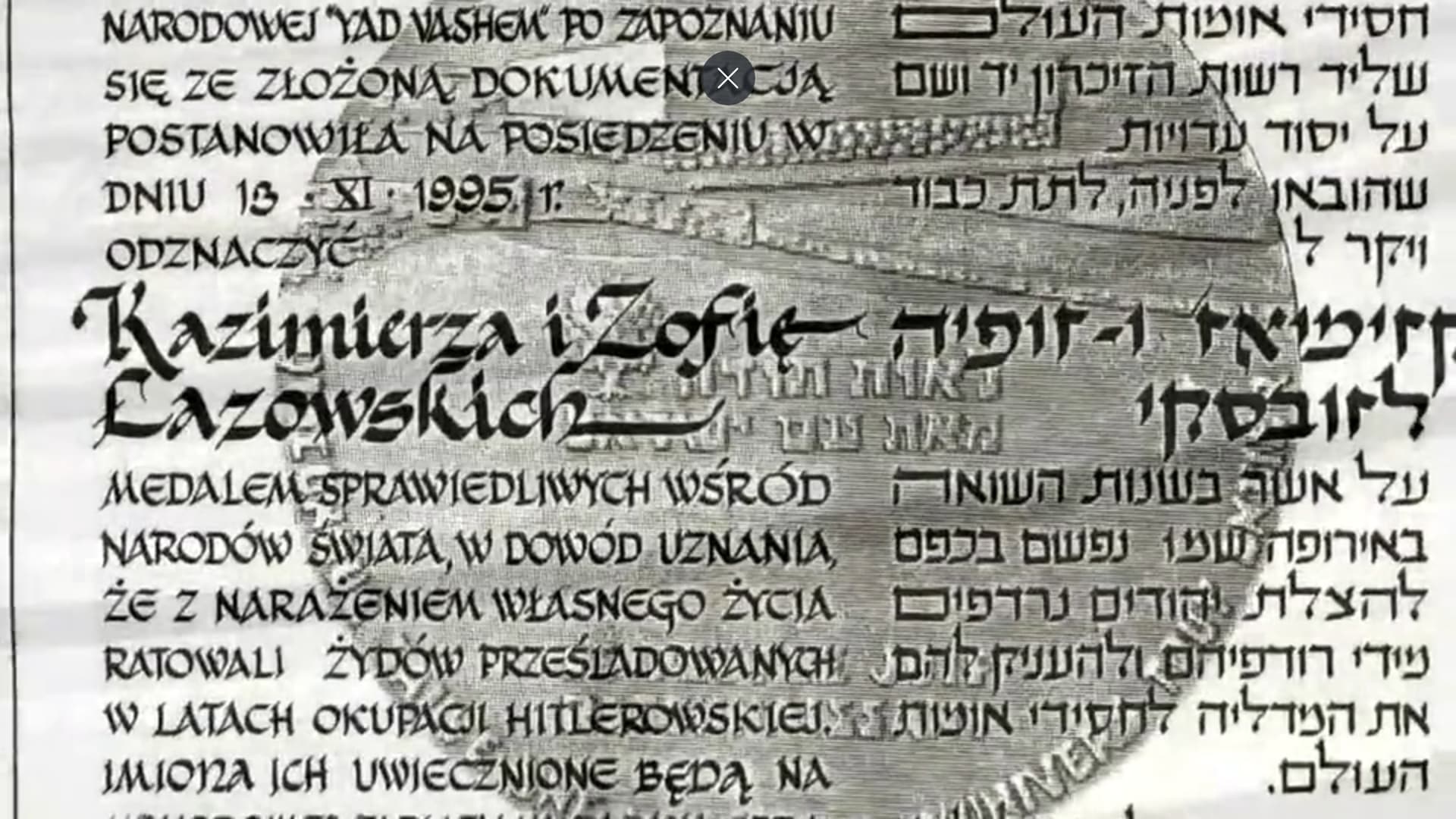
Lazowski’s story – in the service of Polish revisionism
My second shoot in Poland in March 2018 coincided with a timely period. On February 1, the ultra-conservative Polish government of the PIS (Law and Justice) Party has just passed a law that punishes with a fine or a prison sentence those guilty of “attributing to the Polish nation or state, publicly and in spite of the facts, responsibility or co-responsibility for the Nazi crimes committed by the German Third Reich.” Perceived as an attempt to rewrite history and intimidate Polish researchers on Holocaust issues, the law provoked an international outcry. Indeed, it is part of the memory politics of the ruling party, which promised its voters to put an end to the “politics of shame” and restore a good image of Poland. This includes the glorification of Polish Righteous Among the Nations honorees and Resistance heroes. History becomes “a buffet where you choose the choice white meat while avoiding the darker pieces,” Polish historian Agnieszka Haska told me.
In this context, I had an appointment with a group of students from a high school in Stalowa Wola who had just made a short dramatization on the story of their local hero: Dr. Lazowski, of course… We saw the students in the film, done up as the two doctors, as well in the garb of Germans and that of the Jewish inhabitants, the latter of which the doctors save by injecting them with the bacteria. They represent the legend of the 8,000 Jews saved. During the interview with the young director Julia, I discovered that she had indeed read Lazowski’s autobiography and that she was aware that he was unable to save the Jewish inhabitants. If she tells her story in this way, it is because the mayor of the city, a member of the PIS, had asked her to do so. This short film was made to mark January 27, the International Holocaust Remembrance Day. The history teacher was present during our filming and told us, proud of her students’ accomplishments, that “as a history teacher, [she] always has the truth at heart. This film should be shown in schools in Israel to show that the doctor was someone who saved lives without considering people’s origins.”
The situation is difficult for me, faced with teenagers who are obviously being used by historical revisionist policies that are not apparent to them and by this teacher who has most certainly never really looked into the truth of Lazowski’s story. Did she want to? Should I have exposed the truth to these young people in the presence of their teacher? I decided not to.

And the legend lives on…
This potent legend of the 8,000 Jews continues to intrigue and inspire all those who discover it. In October 2017, I discovered in the British Mirror that the History Channel was about to tell the story of two doctors who saved “more than 8,000 Jewish people during WW2” in a documentary series called “World War True,” designed to shed light on little-known stories of the Second World War.
In 2018, a Parisian theater company planned to stage the story of our two Polish doctors in a play entitled “The Mad Toads.” It was announced that the story was based on real facts. Once again, Lazowski and Matulewicz are credited with saving Jews. The play was a great success and is even nominated for the Molières 2019 (France’s theater awards) in three categories. In 2020, the historical supplement of the very serious German weekly Der Spiegel takes an interest in Lazowski. Finding the story exciting but somewhat implausible, the journalist contacted me to find out what I had discovered. She wrote a story telling the true story of the doctor: the one who saved “only” Poles by an ingenious and courageous act of resistance.
This article was read by a German director who also contacted me looking for information to write a fiction script. And like Oskar Schindler, Eugene Lazowski might end up having his own film too…
Barbara Necek
Translated from the French by Daniel Solomon
Notes
| 1 | Fascists in French slang |
